6 Tips For Choosing A Water Tank For Your Home
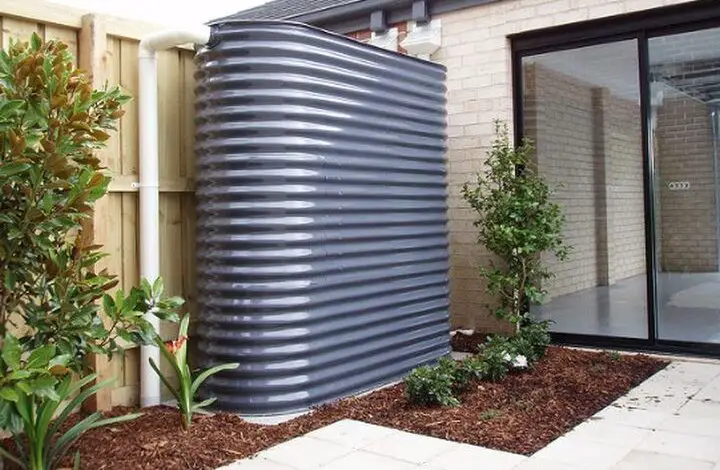
With more people looking for ways to help the environment, many are coming up with home improvements to promote sustainable solutions. One such sustainable solution is the use of water tanks for rainwater harvesting.
Rainwater harvesting is the collection and storage of rain instead of letting it run off to the ground. It’s done by collecting rainwater from the roof, and then redirect it down to a water tank for filtration, storage, and future use. This way, you’re able to reuse water that could’ve caused floods and save you some money on your hydro bill.
For this reason, many are considering buying a water tank for their home to reap the benefits of rain harvesting. If you’re in the market for water tanks, like the ones from watertankfactory.com.au, read on to discover how to find the perfect tank for your home.
1. Consider The Purpose Of Your Tank
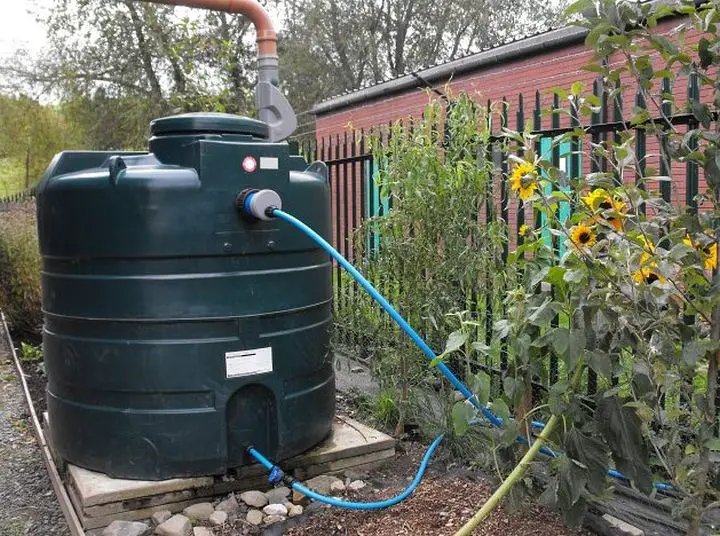
When buying a water tank, the most important question you first need to answer is ‘How will you use it?’
Hence, before you go shopping for a water tank, ask yourself if you’ll be using it:
- As garden water
- In case of water interruption
- As an alternative water supply
- To save money on your hydro bill
Of course, you can achieve all of these purposes with just one tank. But knowing the real purpose of your water tank helps you determine how much water you’ll store, hence how big your tank should be.
2. Tank Size Matters
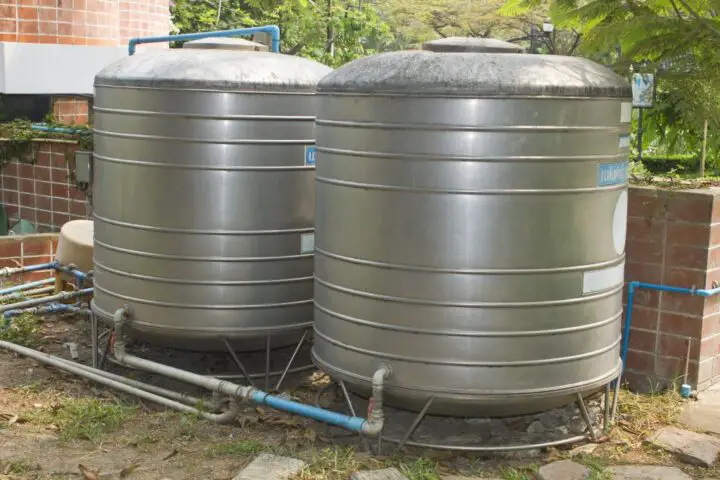
As mentioned, your water tank’s size does matter. Since tanks can typically hold thousands of liters of water, you need to consider how much water your household needs so you can determine your tank’s size.
On average, each person within a household consumes 250L of water per day. If there are four people in your house, assume that you’ll be using up to 1000L of water per day.
Water tanks come in different shapes, too. It’s essential to have enough space on your property to install the tank without any problems. If you choose a water tank that’s installed above ground, you’ll end up with a prominent tank, which may or may not become an eye-sore later on. That’s why it’s essential to consider how big of a tank you need for your entire household.
3. Where You’ll Store The Tank
Storage is also an essential consideration when buying a water tank. Consider the location where you’ll house the tank in your property. This will allow you to find the right tank that’ll fit in your chosen area.
Here are three different methods of storage for water tanks:
- Above-ground water tanks: Above-ground tanks are simple and a less expensive option in terms of installation and general upkeep. Also, you can easily spot damages with above-ground water tanks, like corrosion and leaks, without any special equipment to fix them.
The downside to above-ground tanks is that it’s going to be exposed to outdoor elements, which may damage it. Extremely low and high temperatures, storm damages, and freezing weather can affect the integrity of your water tank.
Above-ground water tanks usually come in massive units, which makes them highly visible on your property. If you don’t want the tank to be the first thing your neighbors will see, you might consider an underground tank instead.
- Below-ground water tanks: Underground water tanks are a popular choice for consumers since they save space and maintain your property’s scenery. Also, below-ground tanks keep space. They can also last longer because they’re protected from outdoor elements that can harm your tank.
The only drawback is you’re going to need upfront cash to pay for the cost of installation. Just keep in mind that before you can enjoy the benefits of your below-ground water tank, you’re going to need to dig up sufficient space in your property to store it.
- Collapsible tanks: Usually, water tanks are stationary structures, but if you live in an area where the rain only comes at certain months, then a collapsible tank may be the best option for you. Collapsible tanks are on-ground water tanks that are easy to set-up and takedown. This type of tank is excellent for households without enough space to store large amounts of rainwater.
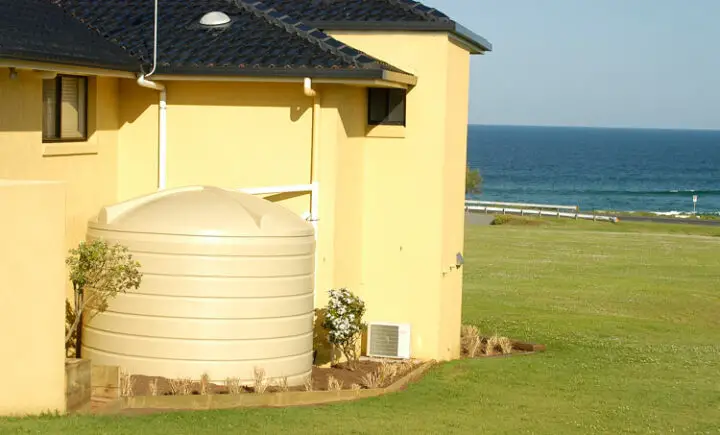
4. Choose A Material That Can Last
Since water tanks are built to store large amounts of water for many years, you need a tank that’s durable enough to withstand the harmful elements outside.
Here are three of the most common types of water tanks available:
- Steel: Steel tanks are relatively cheap and come in different sizes. They’re manufactured with stainless and galvanized steel materials to avoid forming rust and corrosion. So, if you’re looking for an affordable and durable water tank, a steel tank is one of your best options.
- Fiberglass: If you’re in the market for a durable, lightweight, and rust-resistant tank, consider buying a fiberglass water tank. Because of their lightness, fiberglass tanks are easy to install in your home.
- Plastic: Plastic tanks are the most budget-friendly solution among these three types of tanks. Since plastic is lightweight, it’s easy to install and takedown. They’re also very durable, so you won’t have to worry about leaks.
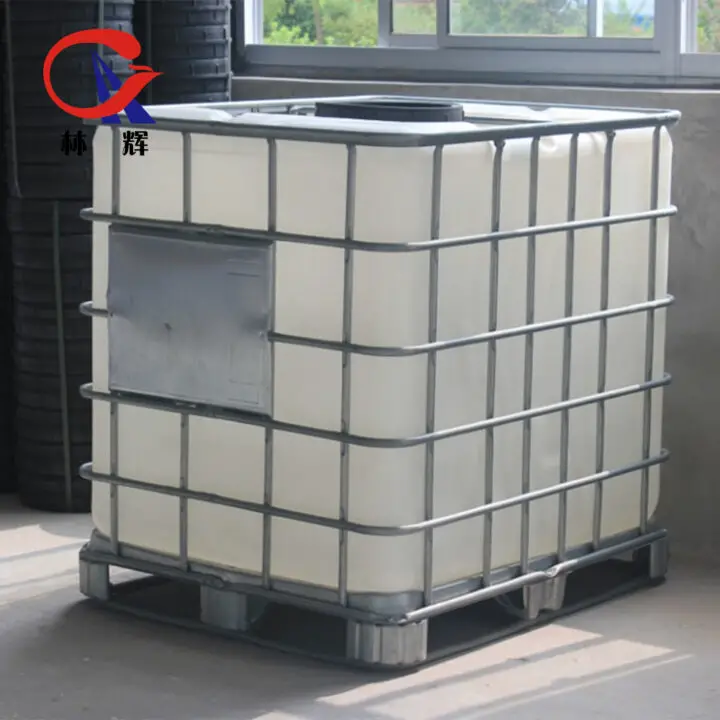
5. Measure The Dimensions
Before you shop for a water tank, your preparation is also vital. Before buying, measure the dimensions of the area where you’ll store the tank. This will help you decide how big your tanks should be once you’re at the store.
6. Look For Certification And Warranty
Finally, do your research about the crucial certifications a tank manufacturer should have. Product certifications are essential to ensure the quality of your tank. You can ask the sales personnel regarding accreditation to ensure that the water tank you’ll purchase has undergone the necessary testing. Substandard tanks can affect the quality of your water and give you problems later on.
Also, make sure that the tank you’ll purchase comes with a warranty so that when unforeseen damages occur, you can make a claim. Look for coverage that lasts no less than ten years because some damages may only happen once the tank has matured in age.
Takeaway
Having a water tank at home is an excellent solution for many reasons. For instance, it allows you to reuse rainwater, reduce your water bill, reduce chances of water damage, and provide storage in case of interruptions.
Before you shop for one, make sure to consider these tips so you can find the tank that not only fits your home but also provides the best value for your money.

